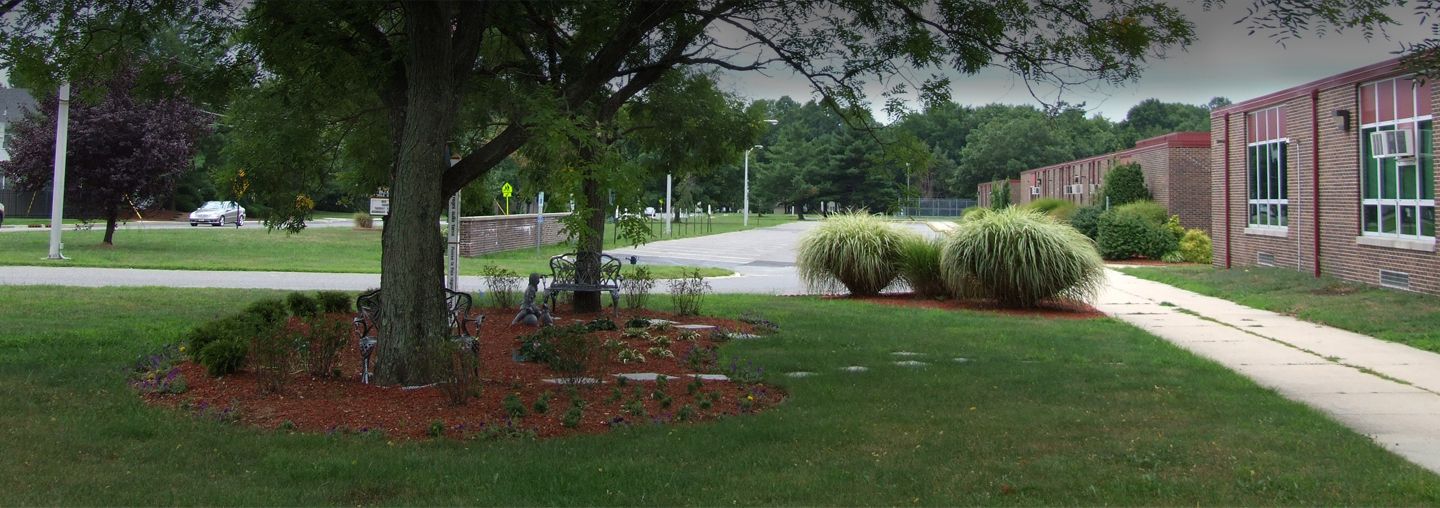Word from Dr. Christopher Festa
Throughout my professional career, when asked about my job, I tell people that I am the kind of pediatrician that they do not want to see. I don’t mean this as a reflection of my personality but simply due to the fact that when I am involved in a childs care it means that more often than not they are critically ill.
18 months ago the Bledy family had the unfortunate experience of meeting me in my professional capacity. Their beautiful daughter, Danielle, was brought to the Emergency Room at Virtua/Voorhees after she experienced a catastrophic hemorrhagic stroke. Although this is a parents worst nightmare it also presents difficulties for the pediatrician caring for the child.
A child, in the prime of his/her life, suffering from a condition over which I have little to offer, no cure; is no magic antibiotic or technology that can reverse the damage done. Care is relatively nonspecific and that is why we are here today. Not only to celebrate Danielles memory but to also highlight the need and raise money for research into pediatric specific stroke and aneurysm care.
Pediatric hemorrhage stroke is not common, nor is it rare. Around 1-2 per 100,000 children suffers from hemorrhagic stroke each year. However, despite this low number it ranks among the top 10 causes of death in childhood with a mortality rate approaching 50%. Of those that survive almost half suffer from a significant disability. Therefore about 75% either die or are faced with significant disabilities form their stroke. You would think that such overwhelmingly bad odds would result in a great deal of investigation into prevention, treatment and rehabilitation. Unfortunately this is not the truth.
As such, we are confronted with the enigma of pediatric medicine. Serious pediatric conditions occur less and receive considerably less publicity than those in adults. With less attention and fanfare there is less funding. With less funding there is less pediatric specific research. With less research comes less treatment options thereby decreasing the potential for optimal outcomes. In addition, the relatively low number of pediatric cases makes it cost prohibitive for pharmaceutical companies to invest in pediatric specific drug development. It is much better to make a drug that treats millions, and therefore generates a high profit margin, than to develop a drug that treats hundreds and has little return if any on the initial investment. To make things worse, the ethical and legal ramifications of performing studies in children significantly hamper conducting pediatric studies. When taken as a whole this leads to very few pediatric therapies.
Currently pediatric medicine is confronted with a significant dilemma. We are tasked with caring for patients such as Danielle who suffer catastrophic events, yet all our therapies are extrapolated from adults. One of the first things you learn as a pediatrician is that children are not small adults. The manner in which their organs function, although similar, differs significantly from adults. The brain in general, poses significant difficulties for every physician. It remains the black box of medicine. Global assumptions are applied to regional problems. There are no easy ways to measure brain function, metabolism, recovery from injury and/or illness and most importantly the effect of treatment. Imagine if the science is limited in adults, what are we as pediatricians to use as our basis for managing children? That is why we are gathered here today. We must, as a society, support pediatric research in general but specifically support research into the pediatric brain and those conditions, such as pediatric aneurysms and arteriovenous malformations that currently have serious consequences yet little data to support our management.
Along the same vein, I would find it imprudent as a pediatrician, to pass on this opportunity to reinforce an aspect of pediatric specific care that has come under fire. The one thing, that we as pediatricians can successfully treat are diseases for which immunizations have been developed. I cannot express the degree of my contempt for the current Internet and celebrity propaganda linking the increase in autism to the administration of immunizations. Let me reinforce that there is no scientific evidence linking the two. The current in vogue practice of refusing immunizations is associated with a resurgence of life threatening preventable diseases that were up until recently eradicated. Parental refusal not only places their child at risk, but also imparts risk to the population in general, especially those that have compromised immunity such as infants, the elderly, and cancer patients. As we speak about supporting pediatric research I cannot emphasize the importance of using that research we have available to better the lives of children and society in general. Immunization practices are part of that science.
At this point in the evolution of medical care, fiscal realities hamper pediatricians ability to deliver care. A smaller body leads to reductions in reimbursement. Increasing malpractice premiums and paperwork impedes bedside care. And the lack of pediatric specific research, especially in the area of brain injury and aneurysms restricts our ability to develop and implement pediatric specific therapies.
Danielle Bledy will not benefit from todays fundraising efforts, but I know in speaking with her friends, her parents and others that Danielle would have wanted others to benefit. In order to honor her, her life and her memory it is essential that we don’t complain about the room being dark, but that we continue our efforts to turn on the lights and look for pediatric specific therapies for aneurysms and arteriovenous malformations. In the future, some child, some family will be able to thank Danielle and you for giving them hope.
Dr. Christopher Festa
Virtua Hospital – Voorhees
Cherry Hill, NJ


